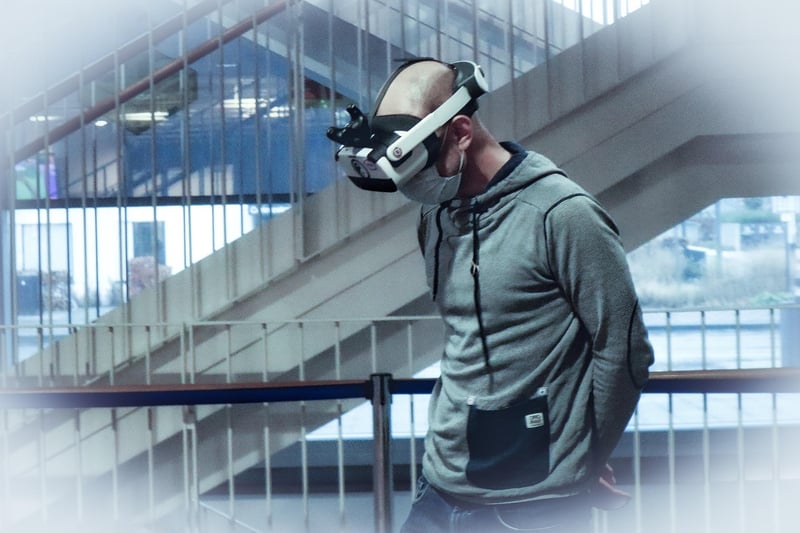Future Technology
The Fusion of Historical Items and Future Technology
History and technology are often seen as two distinct domains, but when combined, they can create a fascinating fusion that offers a unique perspective on the past and the future. By blending historical artifacts with cutting-edge technology, we can unlock new insights, enhance our understanding of the past, and pave the way for innovative experiences.
Exploring Historical Items
Historical items such as ancient manuscripts, artifacts, and artworks serve as windows to bygone eras, offering glimpses into the lives and cultures of our ancestors. These items are not just relics of the past; they are tangible connections to the history that has shaped our world today.
By preserving and studying historical items, we can learn valuable lessons, appreciate the accomplishments of past civilizations, and gain a deeper understanding of our own identities. Museums, libraries, and cultural institutions play a crucial role in safeguarding these treasures for future generations.
Embracing Future Technology
On the other end of the spectrum, future technology such as artificial intelligence, virtual reality, and augmented reality is revolutionizing how we interact with information and experience the world around us. These advancements hold the potential to transform education, entertainment, and research in unprecedented ways.
By harnessing the power of future technology, we can create immersive experiences that bring history to life, allowing us to step back in time and witness historical events firsthand. Virtual reconstructions, interactive exhibits, and digital archives are just a few examples of how technology is reshaping our engagement with the past.
The Fusion of Past and Future
When historical items and future technology converge, the possibilities are endless. Imagine exploring an ancient archaeological site through a virtual reality headset, interacting with artifacts in a digital environment, or uncovering hidden stories behind historical objects through augmented reality overlays.
This fusion not only enhances our understanding of history but also sparks creativity, innovation, and a sense of wonder. By bridging the gap between the past and the future, we can create dynamic experiences that resonate with audiences of all ages and backgrounds.
Conclusion
The fusion of historical items and future technology offers a compelling way to engage with our shared heritage, learn from the past, and envision new possibilities for the future. By blending tradition with innovation, we can create a rich tapestry of experiences that celebrate the diversity and complexity of human history.
Let's embrace this fusion as a bridge between the past and the future, where ancient artifacts meet cutting-edge technology to inspire, educate, and delight generations to come.


For more information on historical items and future technology, visit History.com and Scientific American - Technology.
